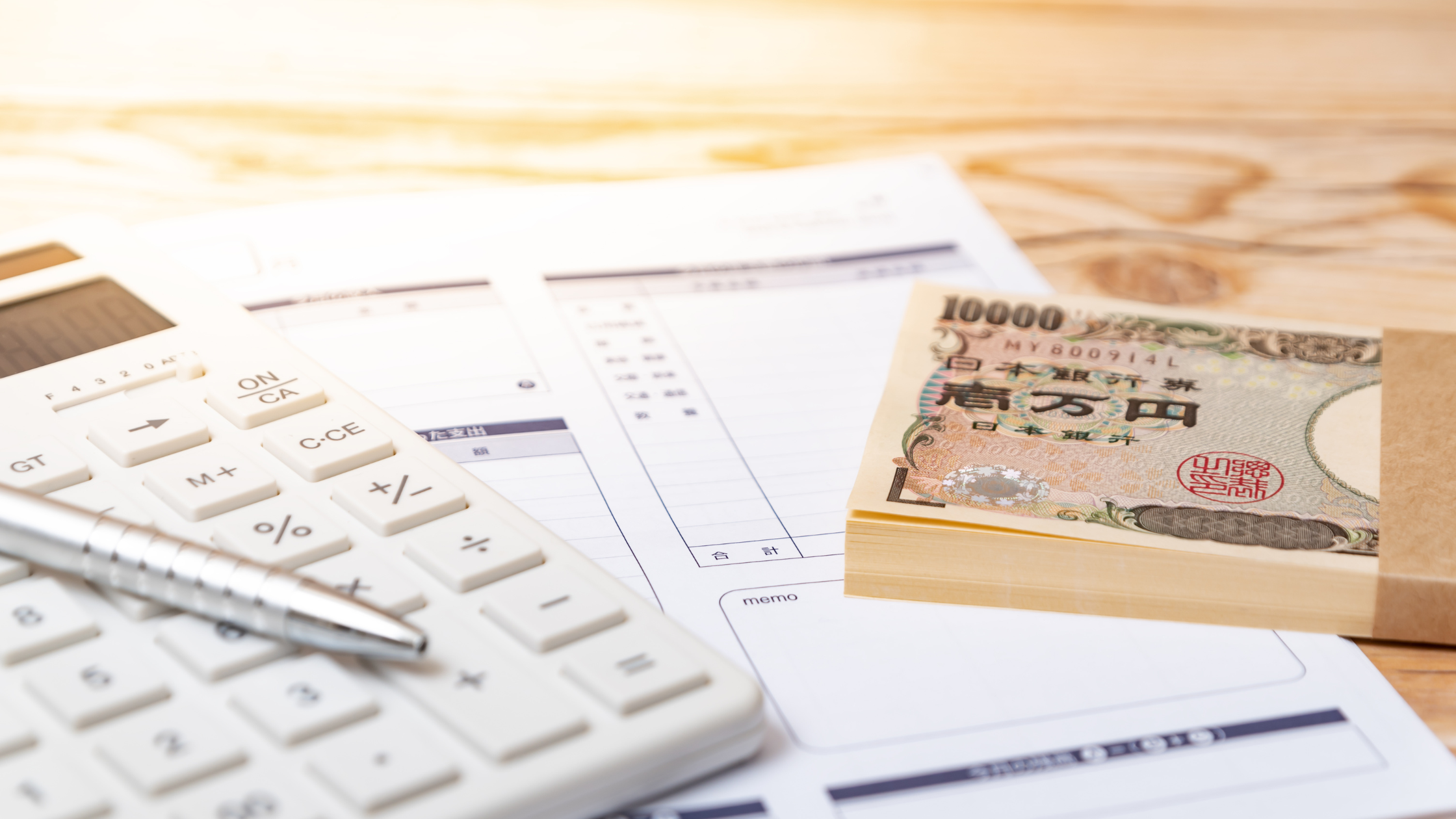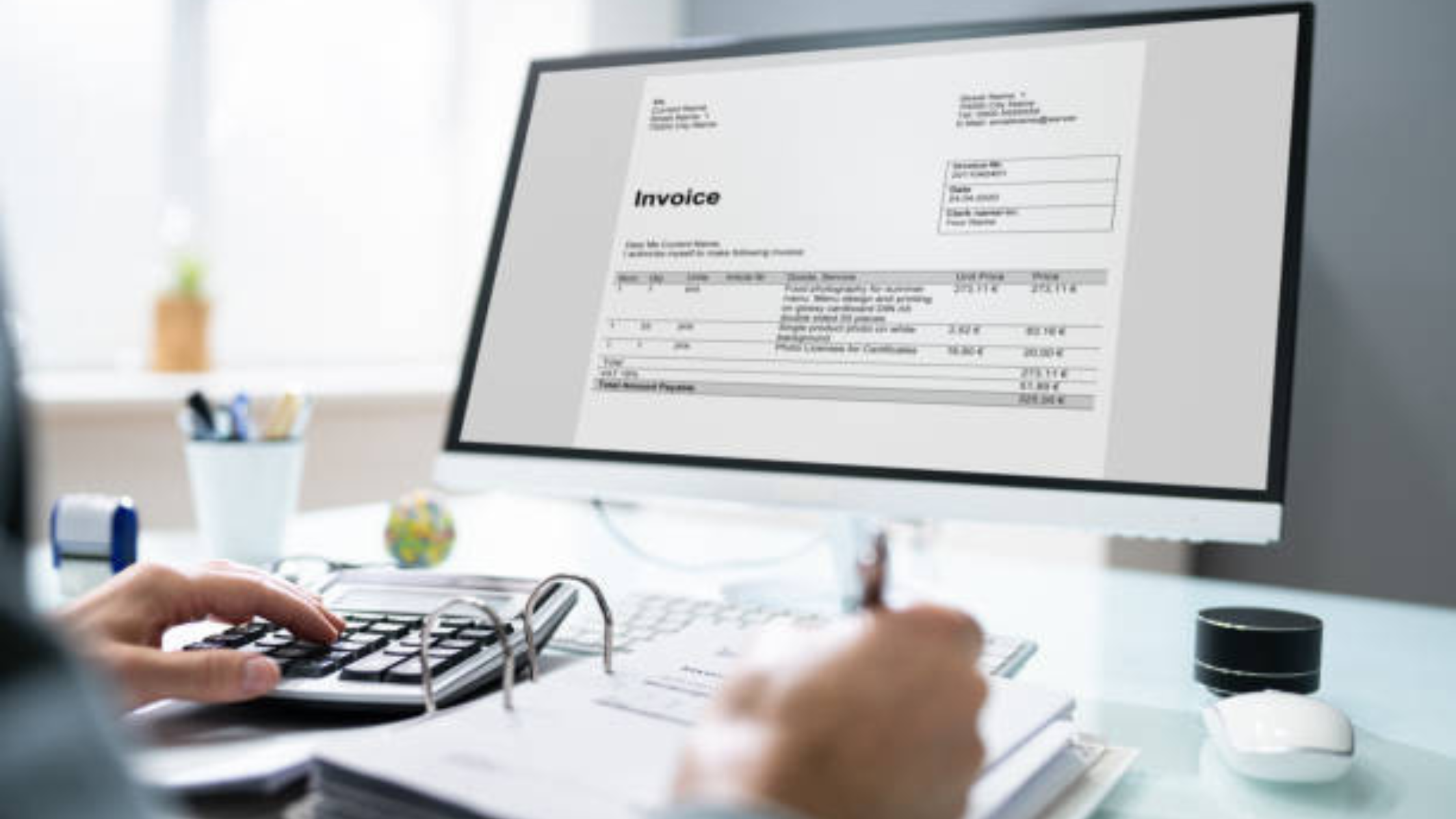Restaurant Bill Formats: Does Your Format Stand Out from the Crowd?

Summary
- The format of a restaurant bil can impact the overall dining experience.
- A clear and organized bill can make a difference in a customer's perception of a restaurant.
- Key components of a restaurant bill include total cost, itemized charges, taxes, surcharges, and tip section.
- To create an effective bill, use clear headings, descriptions, and visually appealing elements.
- Common mistakes to avoid include unclear pricing, inconsistent formatting, and not including tax and tip.
The Basics of Restaurant Bill Formats
When it comes to restaurant billing formats, there are a few key components that are typically included. The most common features of a restaurant bill are the total cost of the meal, the cost of each item ordered, surcharges, and a section for the customer to add a tip. These basic components are essential for creating a clear and accurate bill that diners can easily understand.
Here are the tips for organizing a bill in a way that is easy to understand:
- Add headings and bullet points to separate and label different sections.
- Ensure that the names and prices of each item ordered are displayed and make sure that they are easy to read and understand.
- Provide a detailed description of each item ordered, including information about the ingredients, and any special requests that were made.
- Clearly display any taxes or surcharges that may be added to the bill. Make sure that customers understand what they are paying for.
- Include a section for customers to add a tip. Be careful that it is properly labeled and easy to use.
- Provide a total cost of the meal, including all taxes, and tips, so that customers know exactly that how much they are paying. Because seeing so many figures while paying makes it hard to understand.
- Consider using digital billing options, which can provide an even more precise and detailed bill breakdown. It gives a modern touch to the services and is easy to use.
Examples of Unique Restaurant Bill Formats
When it comes to designing a restaurant bill format, it's important to think outside the box. Consider unique ways to present the information.
Here are a few examples of restaurant bill formats that stand out from the crowd:
- A bill, that is presented as a receipt-sized booklet, with information about the history of the restaurant and its sourcing practices. This provides an interesting read for the customer while they wait. And also emphasizes the restaurant's commitment to sustainability and ethical sourcing.
- A bill that includes a personal message from the chef or a member of the staff. This adds a personal touch to the dining experience and makes the customer feel appreciated and valued.
- A bill that includes a unique design or artwork. This could be anything from a sketch of the restaurant's exterior to a quirky cartoon that represents the restaurant's personality. A visually appealing bill is more likely to be memorable and may even be kept as a souvenir.
Incorporating unique elements into the bill format of restaurants can enhance the overall dining experience for customers.
Here are a few tips for doing so:
- Consider the restaurant's brand and personality. The bill should reflect the overall vibe of the restaurant and its values.
- Make the bill easy to read and understand. While unique elements can be eye-catching. They should not detract from the clarity and accuracy of the bill.
- Use high-quality materials. The bill should be printed on durable paper or cardstock that can withstand handling and potential spills.
How to Create an Effective Restaurant Billing Format
Creating an effective restaurant bill format is crucial for ensuring customer satisfaction. And making sure that the bill is clear, accurate, and visually appealing needs a little effort.
Here are some tips for creating an effective restaurant bill format:
- Keep it simple: A concise bill format is essential for customers to understand and avoid any confusion. Avoid cluttering the bill with too much information and use simple language to convey the message.
- Use clear headings: Group similar items under clear headings, such as appetizers, entrees, and drinks. This helps customers easily navigate the bill and quickly find what they're looking for.
- Give Unique names to them: Giving unique and catchy names to dishes and foods makes them more appealing to the customers. They do not only remember their names but refer to others too.
- Add descriptions: Including brief descriptions of each item on the bill. It can help customers remember what they ordered and reduce the likelihood of mistakes and misunderstandings.
- Make it visually appealing: An aesthetically pleasing bill can add to the overall dining experience. Consider using a font that is easy to read. Add your restaurant's logo or colors, or use bold or italicized text to draw attention to key elements.
Common mistakes to avoid when creating a bill format include:
- Unclear pricing: Make sure that prices are clearly labeled and easy to understand to avoid any confusion.
- Inconsistent formatting: Keep consistent formatting throughout the bill to make it easy to read. Avoid using too many font sizes, styles, or colors.
- Not including tax and tip: Ensure that the final price includes all applicable taxes and a suggested tip amount. This helps customers calculate the total amount they owe and eliminates any guesswork.
To test and refine your bill format for restaurants, consider getting feedback from customers. This can help you identify any areas for improvement and make sure that your bill format is as effective as possible.
Conclusion
In conclusion, having an effective and unique restaurant bill format can make a big difference in a customer's dining experience. By following the tips and best practices outlined in this post, you can create a bill format that stands out from the crowd and enhances your customers' experience. So take a look at your current restaurant bill format, consider the advice provided here, and make improvements where necessary. Your customers will thank you for it!






